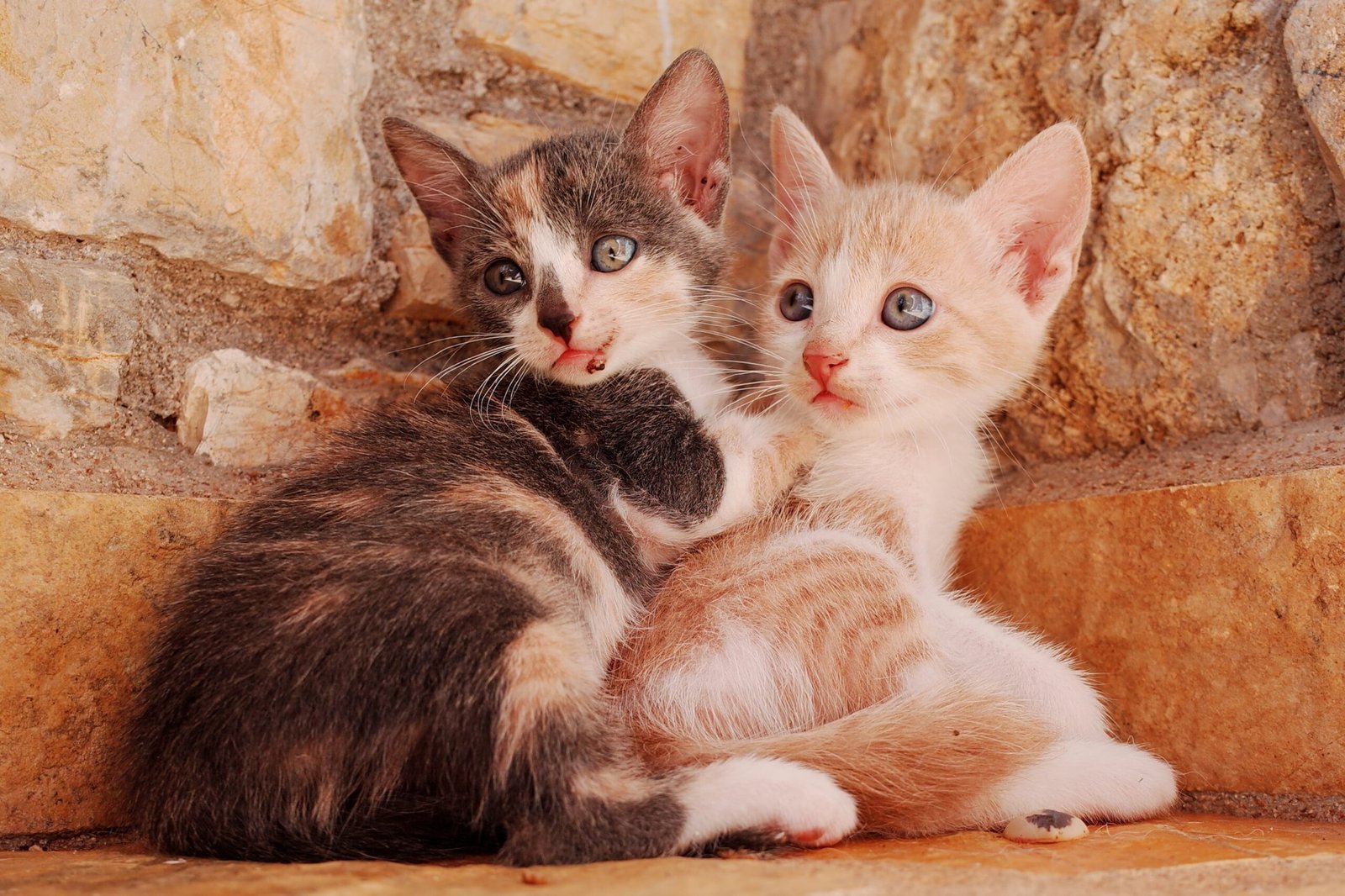Introduction
A. Importance of Addressing Fleas in Cats
Fleas can be a significant threat to the health and well-being of our beloved cats. If left untreated, these pesky parasites can cause severe discomfort, lead to skin infections, and even transmit diseases to our feline friends. Therefore, it is crucial to address flea infestations promptly and effectively to ensure the health and happiness of our pets.
B. Benefits of Natural Flea Treatments
When it comes to treating fleas in cats, natural remedies offer several advantages over chemical treatments. Not only are they typically safer and less toxic, but they are also gentler on your cat’s delicate skin. Natural flea treatments are also environmentally friendly and can reduce the risk of allergic reactions, making them an excellent choice for cats with sensitivities.
Understanding Fleas
A. Brief Overview of Flea Lifecycle and Behavior
To effectively combat flea infestations, it is essential to understand the lifecycle and behavior of these tiny parasites. Fleas go through four stages: egg, larva, pupa, and adult. Each stage requires a different approach for effective treatment. By gaining knowledge about the flea lifecycle, you can develop a comprehensive plan to eliminate fleas at every stage.
B. Common Signs of Flea Infestation in Cats
Recognizing the signs of a flea infestation in your cat early on is crucial to prevent the situation from worsening. Some common signs include excessive scratching, redness of the skin, and the presence of tiny black specks, known as flea droppings, on your cat’s fur. If you notice any of these signs, it is important to take immediate action to rid your cat of fleas and prevent further discomfort.
Natural Prevention Methods
A. Regular Grooming and Combing
Regular grooming and combing play a vital role in preventing fleas. Not only does it help with early detection, but it also physically removes fleas from your cat’s fur. To make this process more effective, consider using a fine-toothed comb specifically designed for flea removal. Gently comb through your cat’s fur, paying close attention to areas such as the neck, back, and tail where fleas tend to hide.
B. Use of Flea-Repellent Essential Oils
Certain essential oils, such as lavender and cedarwood, are known for their flea-repelling properties. However, it is important to use these oils correctly and safely, as some can be harmful to cats. Always dilute essential oils before use and never apply them directly to your cat’s skin. Instead, you can mix a few drops of diluted essential oil with water and use it as a spray to repel fleas from your cat’s bedding and favorite resting areas.
C. Maintaining a Clean Living Environment
Maintaining a clean living environment is crucial in preventing flea infestations. Regularly washing your cat’s bedding in hot water can help eliminate any fleas or eggs present. Additionally, vacuuming your home frequently, especially in areas where your cat spends most of its time, can help remove flea eggs and larvae hidden in carpets and upholstery. Remember to empty the vacuum bag or canister immediately to prevent fleas from reinfesting your home.
By following these natural prevention methods, you can effectively protect your cat from fleas and ensure their comfort and well-being. Remember to consult with your veterinarian for further guidance and to discuss any specific concerns or considerations for your cat’s health. With proper care and attention, you can create a flea-free environment for your feline companion.
FAQ
- What are the benefits of using natural flea treatments for cats?Natural flea treatments are safer and less toxic compared to chemical treatments. They are also gentler on your cat’s skin and reduce the risk of allergic reactions. Additionally, they are environmentally friendly and a great choice for cats with sensitivities.
- How can I recognize a flea infestation in my cat?Common signs of a flea infestation in cats include excessive scratching, redness of the skin, and the presence of tiny black specks (flea droppings) on the fur. If you notice any of these signs, it is important to take immediate action to treat the infestation.
- What role does regular grooming and combing play in preventing fleas?Regular grooming and combing are essential in preventing fleas. It helps with early detection and physically removes fleas from your cat’s fur. Using a fine-toothed comb designed for flea removal, gently comb through your cat’s fur, paying attention to areas where fleas hide, such as the neck, back, and tail.
- How can I maintain a clean living environment to prevent flea infestations?To maintain a clean living environment and prevent flea infestations, regularly wash your cat’s bedding in hot water to eliminate any fleas or eggs present. Vacuum your home frequently, especially in areas where your cat spends most of its time, to remove flea eggs and larvae hidden in carpets and upholstery. Remember to empty the vacuum bag or canister immediately to prevent reinfestation.











